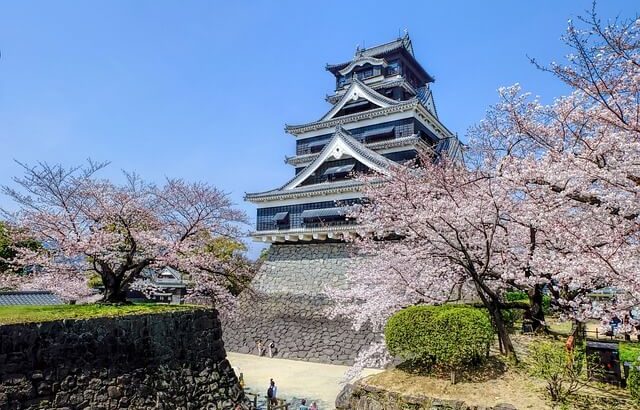Japan is known for its rich culture, fascinating history, and stunning natural beauty. Among its many treasures, Japan is also home to numerous magnificent castles, which have played important roles throughout the country’s history. Japanese castles showcase remarkable architectural styles. Some of the most common features include imposing stone walls, impressive towers, and intricate wooden structures.
Additionally, many of these castles are surrounded by breathtaking scenery, including rivers, mountains, and lush forests. Most of these structures are surrounded by impressive park grounds, often popular hanami spots because of their impressive groves of cherry trees that bloom in spring. Many of these castle grounds also serve as locations for Japanese festivals or matsuri.
Today, these castles continue to stand as some of the most beautiful and iconic landmarks in Japan, attracting tourists from all over the world. Visitors can admire their intricate architecture and appreciate the beauty of the surrounding landscape. Many of the castles have undergone various transformations throughout the centuries, with some having been destroyed and rebuilt several times. Despite these changes, they still retain their original character and charm. In this article, we will explore some of the top most beautiful castles in Japan.
Himeji Castle
Himeji Castle is one of Japan’s most iconic and beautiful castles. Located in Hyogo Prefecture, it is renowned for its impressive architecture, which features a series of white walls and roofs that resemble a bird in flight. It is this beautiful exterior that has earned the castle its other name — Shirasagi Castle or White Heron Castle.
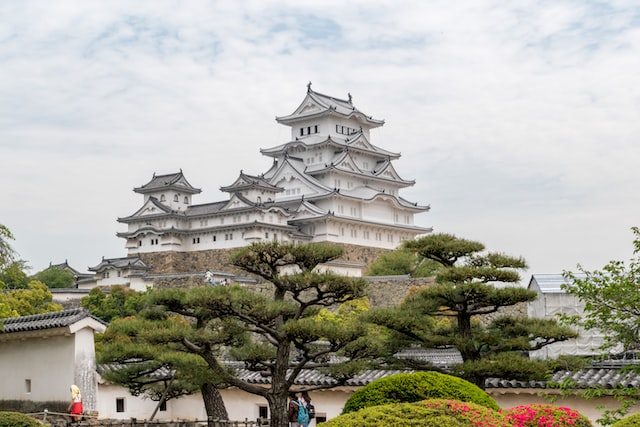
The castle was built in 1601 on the location of an older castle. Situated on a hilltop, it is impressive for its 83 structures. The structures surround a complex of connecting buildings and keeps, known as the Tenshu-gun. Imposing, huge, and beautiful the six-storied castle looks very much like a dreamy wedding cake with its white exteriors.
Visitors that come to visit the castle often noted the impressive views its offers of both the countryside and the surrounding cityscape. The castle has also been featured in various films. Perhaps the most notable is Tom Cruise’s “The Last Samurai”. If there is one castle in Japan you must visit, make it Himeji Castle.
Matsumoto Castle
Also known as the “Crow Castle”, Matsumoto Castle is located in Nagano Prefecture. Most notable for its black exterior, the castle’s stunning architecture back to the 16th century. This well-preserved castle is set on a stone structure with a large moat surrounding it.
Trimmed in impressive black coloring, this multi-storied castle includes a complex system of gates, walls, and turrets. The main keep or donjon is known as the oldest in the country. It’s a great spot for visitors to enjoy extensive views of the surrounding Hijiri Kogen mountains.
While considered a flatland castle, Matsumoto Castle is actually intended for fortification. Its design focused heavily on defense and openings for dropping stones for throwing fires at invaders can be found within the donjon. There is even a secret living quarter at the donjon where the castle lord hides during sieges. It is also the only Japanese castle with a moon-viewing pavilion.

Kumamoto Castle
Located in Kumamoto Prefecture, Kumamoto Castle is an impressive fortress with a history dating as far back as the early 17th century. Its architecture, which features massive stone walls and imposing turrets, is a testament to the power of the samurai lords who once ruled over this region.
The castle is most notable for its black roof and walls. Its defense walls are designed to curb invaders with its curved design. It is one of the top three most important Japanese castles along with Matsumoto Castle in Nagano and Himeji Castle in Hyogo. Interestingly, its main keep known as the Tenshu was burned down during the last samurai rebellion, but it was reconstructed in concrete. This was the very same event that inspired Tom Cruise’s samurai film.
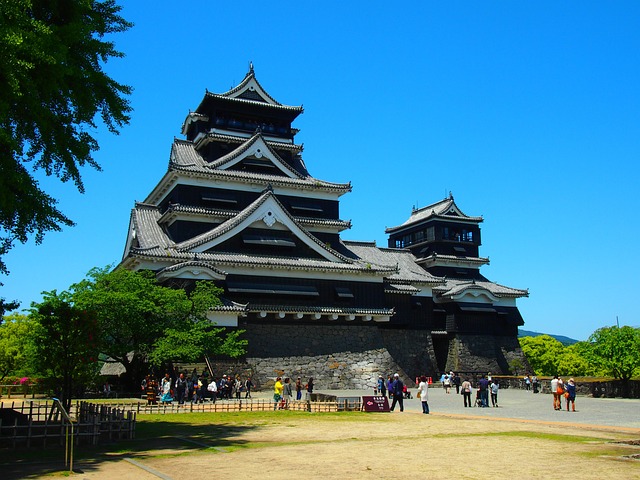
Unfortunately, the castle suffered severe damage in the 2016 earthquake which hit Kumamoto. However, thanks to restoration efforts, it finally opened its doors again in 2019. However, it is expected that more repairs will need to be carried out for at least the next decade and a half.
Osaka Castle
Osaka Castle was originally constructed in the late 16th century — an imposing structure right at the center of vibrant Osaka. The castle is renowned for its stunning architecture and beautiful grounds. Interestingly, it is more than just a castle. Due to the prominent role, it played in Japan’s history, it is regarded as a symbol of unification. Originally built in the late 16th century by Toyotomi Hideyoshi, his goal was to unify Japan under his rule and build a castle that would symbolize his power and authority.
After Hideyoshi’s death, Osaka Castle was besieged and destroyed in a series of conflicts. However, it was rebuilt and played a significant role during the Edo period, when the Tokugawa Shogunate ruled Japan. The castle was used as a symbol of the Shogunate’s authority and as a military base to maintain control over the region.
In 1868, the Meiji Restoration brought an end to the Tokugawa Shogunate, and the emperor was restored to power. Osaka Castle was once again a symbol of unification, this time as a symbol of the reunification of Japan under the emperor’s authority. During World War II, the castle served as an arsenal. However, a significant part of the structure was destroyed by American bombs. Today, the castle is merely a reproduction and now serves as a living museum of what it used to be in Japan’s colorful history.
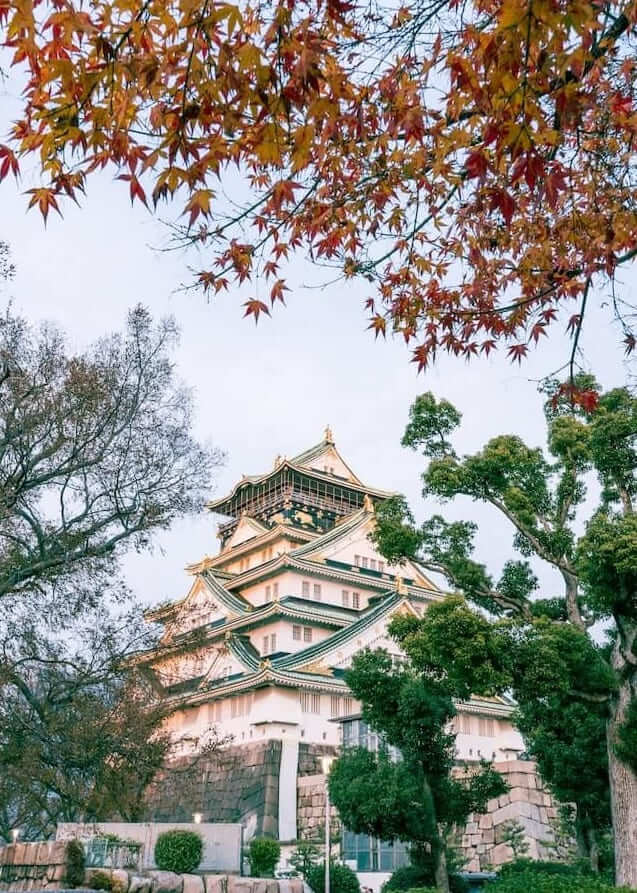
Hirosaki Castle
This hilltop castle is located in Aomori Prefecture. Renowned for its stunning architecture and beautiful cherry blossom trees, it dates back to the early 17th century. A series of turrets and gates serve as some of the most identifiable features of the castle. Its picturesque backdrop of mountains and forests makes it one ideal destination for photography enthusiasts.
Compared to other Japanese castles with their imposing sizes, Hirosaki Castle looks significantly smaller. However, what it lacks in size, it more than makes up for in character. The castle’s donjon got destroyed by a fire. During the repairs, the castle was moved from the platform and moved back afterward.
The castle’s picturesque grounds, moats, and gates are popular among visitors. Many people visiting the castle often take the time to relax in its garden setting. As the ground is home to over 2,600 cherry trees, it is a setting for one of the largest cherry blossom festivals in spring.

Nagoya Castle
Located in Aichi Prefecture, Nagoya Castle was constructed in the early 17th century. The castle’s impressive architecture includes a series of imposing gates and turrets, as well as a stunning palace decorated with intricate artwork. Tokugawa Ieyasu is credited in the construction of Nagoya Castle which was opened in 1615.
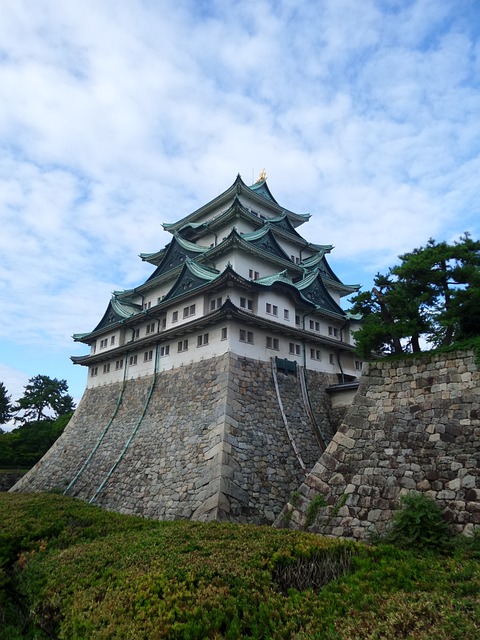
Those interested in Japanese architecture and its intricacies are particularly interested in the castle’s two-building setup. It has the main building made up of five levels. This is then connected to a much smaller building. The castle is widely known for being the setting for Oda Nobunaga’s childhood.
The grounds surrounding Nagoya Castle make it appear as if the structure is floating over the city. Its design showcases the main building standing out over the trees, which gives this impression. Visitors to the castle will love the fact that it is open almost daily. Also, touring the castle is free.
Hikone Castle
Hikone Castle is an exceptional example of Japanese castle architecture, built in the early 17th century during the Edo period. The castle was built by the Ii family — a popular samurai family known for being close allies of the Tokugawa. It was Tokugawa Ieyasu who ordered the Ii family to build the castle.
Built on a hill overlooking Lake Biwa, Hikone Castle was intended to provide a strategic advantage in case of an attack. The castle has survived many natural disasters and wars, and its remarkable state of preservation is a testament to the skill and craftsmanship of the builders. Stunning views of the surrounding landscape and the castle’s beautiful gardens complement its overall aesthetic.
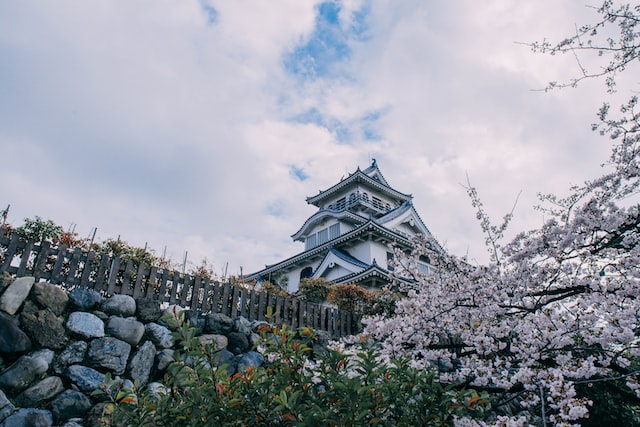
Hikone Castle also boasts an extensive collection of cultural artifacts, including a large number of swords, armor, and other items associated with the samurai culture of Japan. The castle’s museum displays ancient maps and documents related to the history of the castle and the surrounding region.
Nijo Castle
Nijo Castle is a historical landmark located in Japan’s cultural center, Kyoto. Constructed in 1603, it served as shogun Tokugawa Ieyasu’s living quarters in Kyoto. The castle’s current look is credited to the third shogun, Tokugawa Iemitsu. It was he who decided to have the castle remodeled to how it looks today.
The castle’s Ninomaru Palace has wall panel paintings that are designated as among Japan’s Important Cultural Properties. Of its over 3,000 panel paintings, 1016 have earned the designation. These paintings are said to have been produced by Kano Tanyu using the Kano school painting method. It’s a painting style where gold leaves are used to cover the screen. Natural pigments are then used to decorate the gold leaves with pine trees.
Nijo Castle is also known for having some of the most beautiful gardens in Kyoto. It boasts three. Its Ninomaru Garden is influenced by the Edo period. Honmaru garden represents the Meiji period. Meanwhile, the Seiryu Garden is a representation of the Showa period. Entrance to these gardens is restricted. However, there are certain times, during various events when they may be opened to the public.
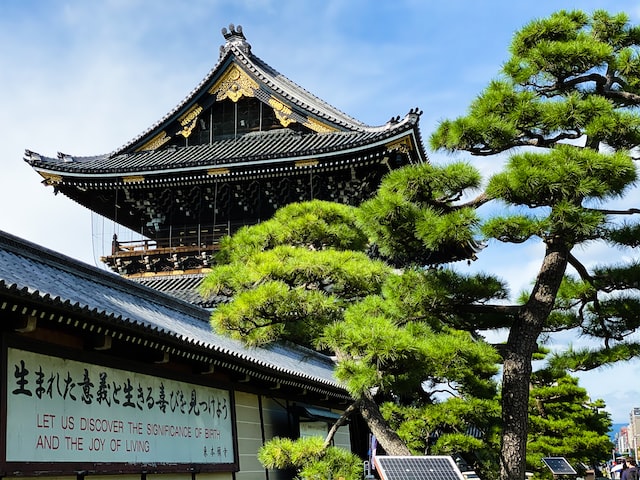
Kanazawa Castle
Kanazawa Castle was owned by the Maeda clan, the second most powerful family during the Edo Period. The castle boasts several remarkable features. Among them is the Gojukken Nagaya, a long defense structure. Back in the day, it also doubled as a warehouse for storing weaponry and other supplies.
Adjacent to the castle is the Kenroku-en Garden, which was once the private garden of the Maeda clan. An integral part of Kanazawa Castle, the Kenroku-en is now considered one of Japan’s ‘Three Great Gardens’. The castle suffered devastating fires over the years. The most recent of these was in 1881 which destroyed most of the illustrious Maeda clan’s home.
In the past, the castle grounds were once occupied by Kanazawa University. Eventually, around the 1990s, the university campus was moved to the city’s outskirts. This also paved the way to start the restoration and reconstruction efforts on the castle. When reconstruction efforts started for the long storehouse and the two turrets, they were modeled after their 1850 look. Traditional materials and techniques were used. Over the years, a number of the castle gates and garden were reconstructed, which makes for an interesting visit.
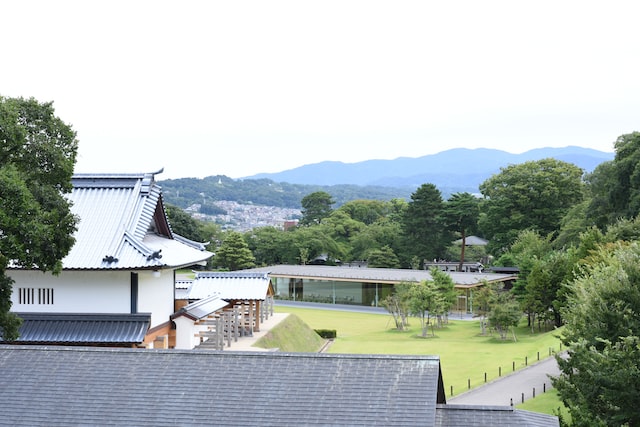
A glimpse of the old Japan
Japan’s beautiful historical castles are truly a sight to behold, with their remarkable architecture, stunning scenery, and rich history. Japanese castles offer a glimpse into Japan’s past, where powerful feudal lords and samurai used to exist and fierce battles were once fought. Today, they are some of the most iconic landmarks in the country, and a way for visitors to get a deeper appreciation of Japan’s rich heritage.
